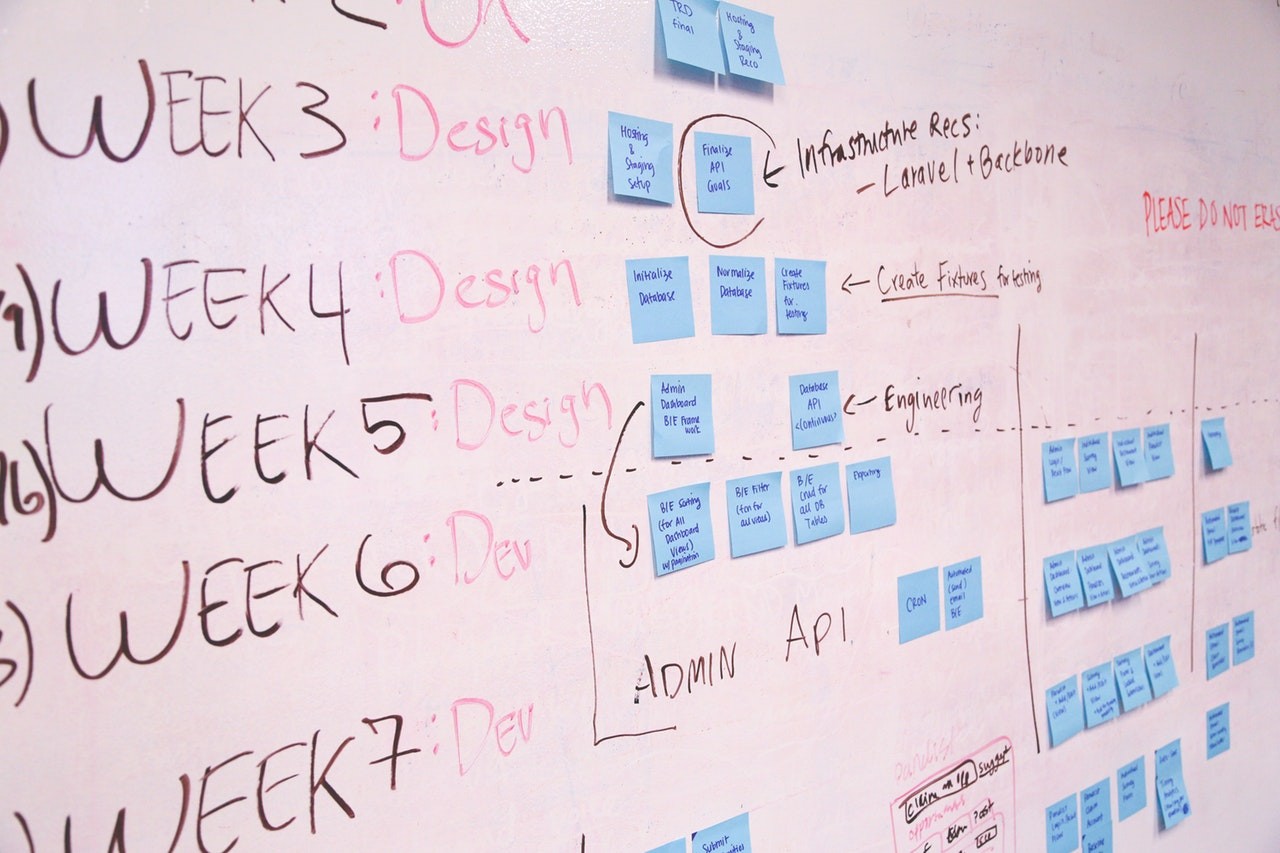A big element of running a successful business is ensuring that it is safe and secure in all aspects. This includes preparing your business for emergencies that haven't occurred yet, such as fires.
When starting the design process, your primary goals with a new fire protection system are to safeguard people, reduce recovery time, and protect property. Here are some steps you can follow to achieve all those goals and get the fire protection system that perfectly fits the needs of your business.
Five Steps to Fire Protection System Design Success
Step 1: Achieving Compliance with Codes
What's the first thing you need to consider when setting out to design a new fire protection system? Being in compliance with code.
Being "up to code" means you are at least meeting the minimum legal requirements for your facility. You'll find that fire codes vary from one area to the next, so it's necessary to get educated on the requirements in your area before you invest time and money designing a system.
Step 2: A Detection Solution
Your new fire protection system is going to have to provide you with detection capabilities. The latest technology is enabling modern systems to get much smarter about detection. It's now possible to accurately differentiate between low and high levels of danger.
Investing in a heat detector capable of triggering an alarm before smoke is present will give an even higher level of protection. The difference between a good detection system and a bad detection system is often the difference between being able to stop a small fire and a small fire growing into something much more damaging.
Step 3: Notifications and Alarms
A fire alarms is an essential tool in any facility, and it's obviously an important part of your fire protection system. Alarms provide warning to people inside your building, but, just as importantly, they also alert emergency personnel who need to respond to the situation as quickly as possible.
Notification technology allows alarm systems to give vital information to emergency responders, including the location and severity of the fire, so that the proper personnel and equipment can be dispatched exactly where it's needed most. Alarms can help even further by playing recorded messages instructing people in a building to exit in the safest possible fashion.
In some cases, an alarm systems may also be able to hooked up to a facility's ventilation system in order to help control smoke.
Step 4: Fire Suppression
When the alarm system is triggered, it engages a suppression system designed to at least contain a fire until it can be extinguished. A sprinkler system is the most common form of suppression.
For facilities where sprinklers are not an option (for instance, if water suppression will destroy sensitive equipment), chemical suppression systems are an option.
Step 5: System Maintenance
No fire protection system will be at its peak effectiveness if it isn't maintained regularly. Your equipment needs to be inspected by fire safety professionals at a minimum of once a year.
Contact Frontier Fire for Design and Maintenance Services
Frontier Fire provides full-service design, testing, and maintenance for fire protection systems. We use engineering know-how and years of fire safety experience to protect your residential or commercial property.
To get started with Frontier Fire today, contact us online.

